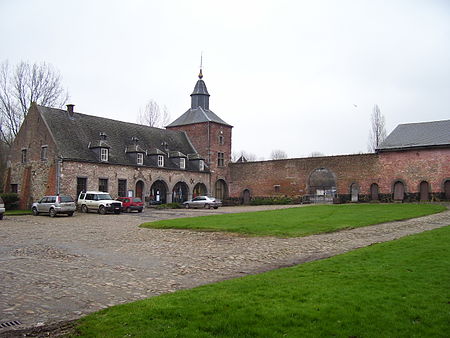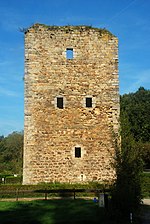Chastre

Chastre (French pronunciation: [ʃastʁ]; Walloon: Tchåsse, Walloon pronunciation: [t͡ʃɔːs]) is a French-speaking municipality in Belgium that is located in Wallonia, in the province of Walloon Brabant. Its name comes from the Gallo-Roman word castra "fortress, fortified camp", from the Latin castra which is the plural form of castrum meaning "entrenchment, fortified place".Chastre is a rural and at the same time residential municipality, with 7,684 inhabitants. Chastre comprises seven former villages: Chastre, Villeroux, Blanmont, Cortil-Noirmont, Gentinnes and Saint-Géry. It is crossed by the old Chaussée Brunehaut, a Roman way that connected Bavay to Cologne. Located between Ottignies-Louvain-la-Neuve and Gembloux, 40 km from Brussels, Chastre is well served by road and railway networks. A small river called the Orne passes right through Chastre. With its tributaries, the Orne creates enchanting landscapes, surrounding magnificent farmhouses, often still fully in use. Chastre's highest point has an elevation of 165 metres. The municipality is twinned with Lespignan, Hérault department, France (since 1998) and Saint-Denis-sur-Richelieu, Canada.
Excerpt from the Wikipedia article Chastre (License: CC BY-SA 3.0, Authors, Images).Chastre
Geographical coordinates (GPS) Address Nearby Places Show on map
Geographical coordinates (GPS)
| Latitude | Longitude |
|---|---|
| N 50.6 ° | E 4.6333333333333 ° |
Address
1450 (Chastre-Villeroux-Blanmont)
Walloon Brabant, Belgium
Open on Google Maps








